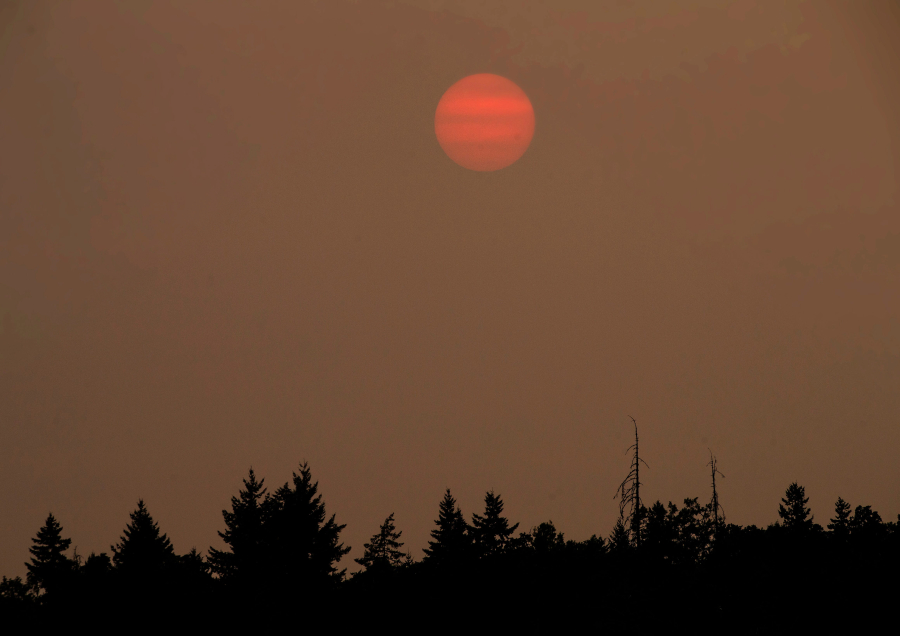A panel of experts agreed that part of a proactive approach to the future of Oregon wildfires is encouraging acceptance that years to come will resemble the past two.
Oregon State University hosted a virtual panel of wildfire and forest experts Tuesday to discuss wildfire issues. They warned conditions such as this year’s drought and events such as the 2020 Labor Day fires are likely to be reoccurring cycles in the future.
“We can do what we can do to reduce the intensity, but at the same time we need to make sure our communities are ready for it,” said Erica Fischer, OSU professor of engineering focused on structural resiliency in the face of disasters. “We can’t put our blinders up and think we’re just going to put it purely in the land management arena. Our communities are going to continue to get damaged if we continue to look at it that way.”
Christopher Dunn, who studies large fire management and risk science, said fires are migrating north in the Cascades to a greater extent than they had in the last century.
“That, to me, portends the future of more fire in the Cascades and Western Oregon as climate change impacts continue to unravel,” Dunn said. “Thinking about the Bootleg Fire (in Southern Oregon), it really dawned on me the importance of adapting our landscapes to make them more reliant to fires today and those coming in the future.”
Dunn said fire occurrence is hard to predict, citing a drier 2021 that did not explode with same fury as the Labor Day 2020 fires, which included the Holiday Farm Fire in the McKenzie River Valley. But conditions conducive to wildfires spreading quickly persist.
Climate forecasts suggest hotter, drier summers and slightly wetter winters will be the norm in years to come, but additional rain likely won’t make up for the drying patterns.
“We’ll still have periods of dry conditions and periods of wet conditions, it’s just that the drier conditions — the droughts and things — will become more intense,” State Climatologist Larry O’Neill said. “The extreme events will become even more extreme.”
James Johnston, who studies historical and contemporary patterns of wildfire in the Pacific Northwest, said prescribed burning should play a role in controlling wildfires.
“In broad spatial and temporal scales, the only way to fight fire is with fire. We don’t have a choice about whether we’re going to have fire on the landscape, that’s been the lesson of the 2021 and 2020 fire seasons. We only have a choice of when and where,” he said.
Along with more active land management practices and proactive fire resiliency plans, OSU College of Forestry Dean Tom DeLuca said there needs to be a mindset change.
“We don’t think we’re going to stop a flood or a tsunami, but we’ve adopted a mindset that we can stop fire,” said DeLuca.
“There’s a disconnect with people thinking about if we can stop fire. Well, we can’t. Fire is part of our Western forest ecosystems, and we have to learn to live with fire and build more resilient, fire-adapted communities.”



